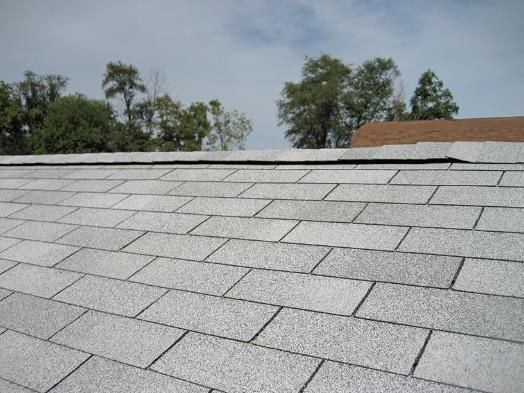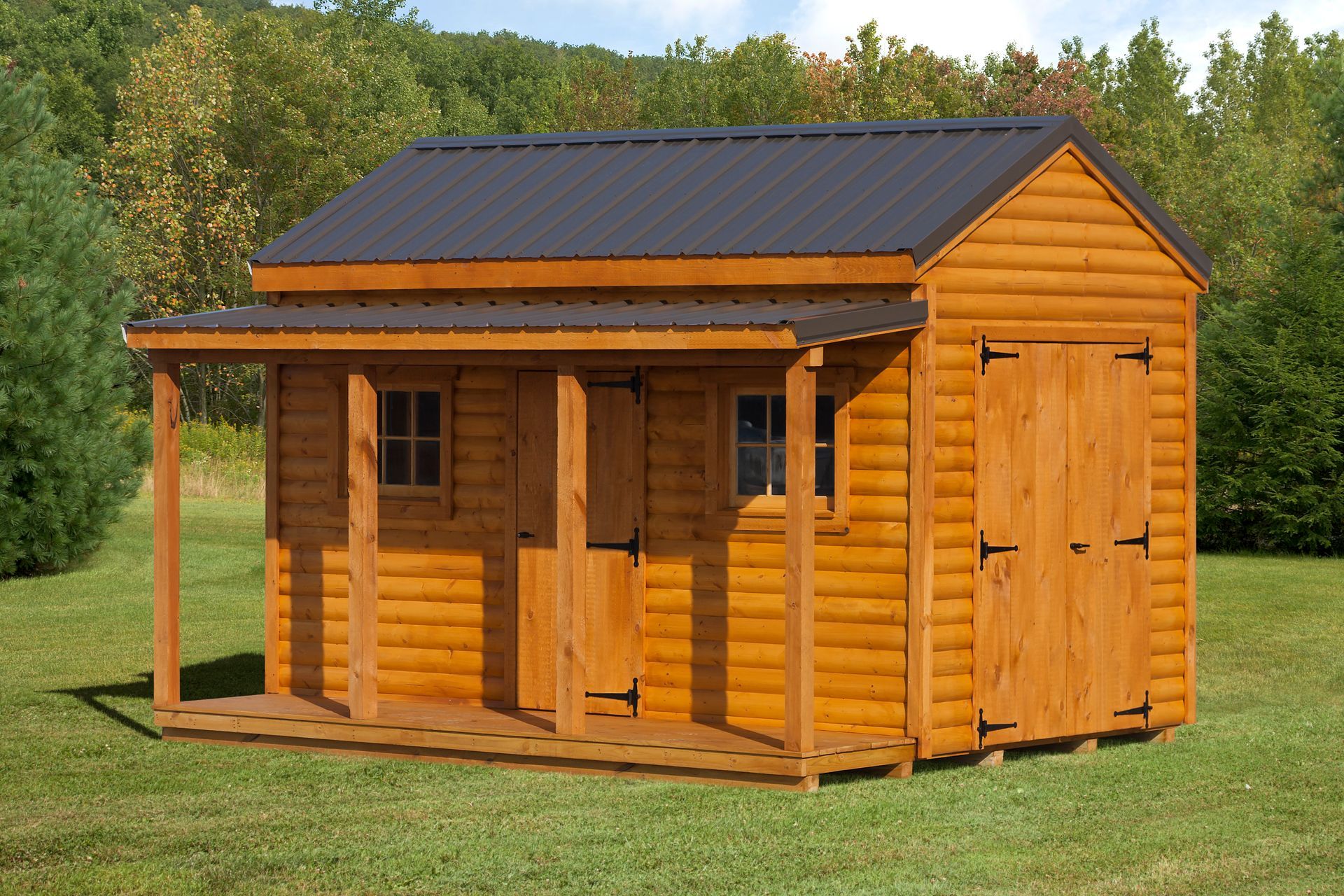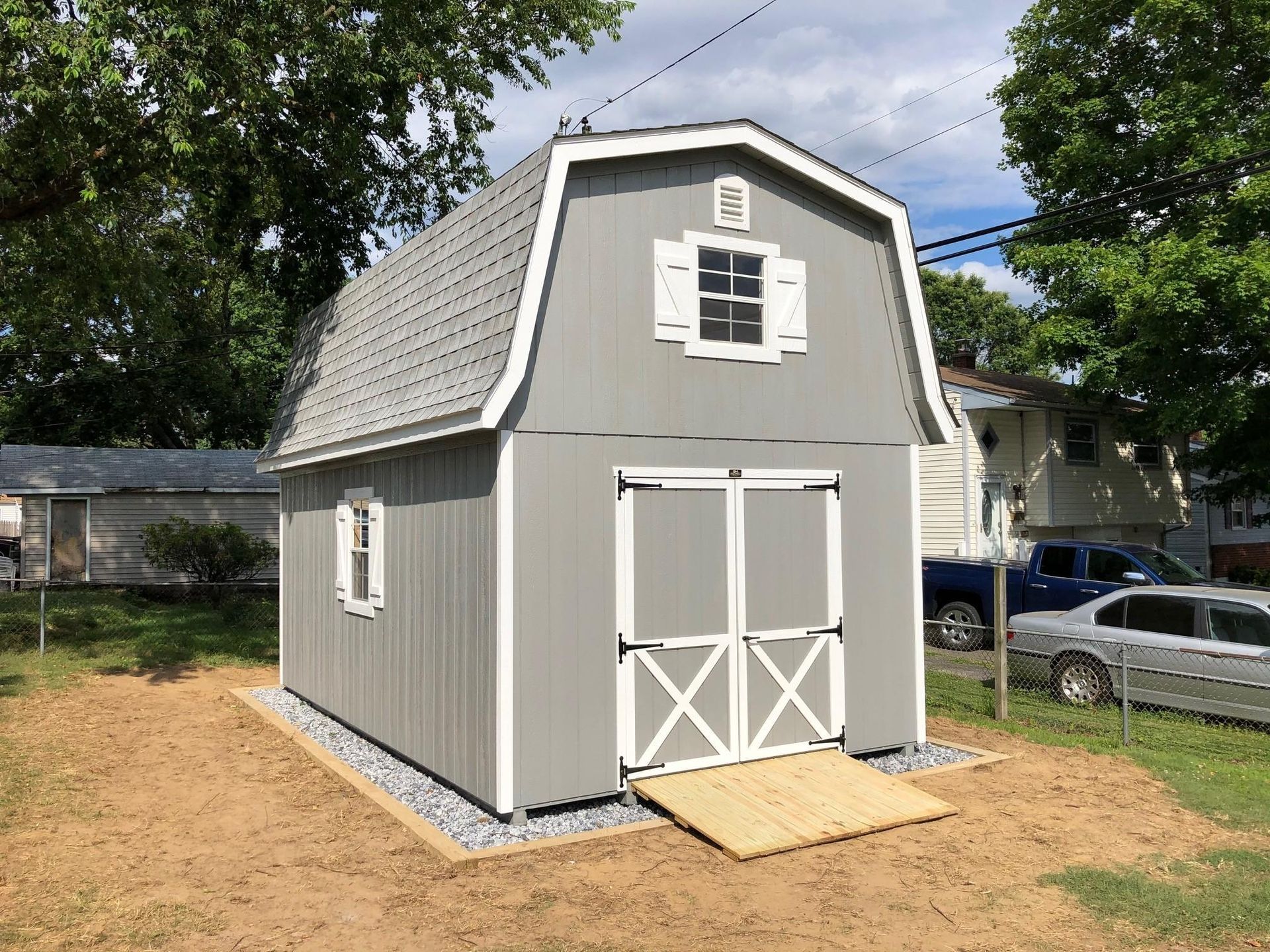Adding insulation and ventilation to your shed can reduce the amount of moisture inside it. Insulation will regulate the temperature, making sure it doesn’t fall below the outside’s dew point. Install ridge vents in the roof and standard vents in the walls to allow for more air circulation. These will decrease the moisture buildup in the shed, preventing mildew and mold growth.
How to Weatherproof Your Shed
With the recent heavy rainfalls on the East Coast and the cold winter months quickly approaching, many New Jersey homeowners may want to weatherproof their sheds. A shed from Jed’s Sheds is built with premium materials to be durable against weather elements. However, after a stormy season, your shed may need some reinforcements. You can weatherproof your shed in a few ways, including sealing gaps, protecting the roof, waterproofing, and more. These will extend the lifespan of your structure and make it more resilient against water damage.
Seal All Gaps
The first step in weatherproofing your shed is to inspect the structure and seal any gaps you find in the doors, windows, and walls. During extreme New Jersey temperatures, wood can shrink or expand, causing cracks to form. Gaps can let in water, drafts, and sometimes pests. Seal these immediately to ensure your shed remains dry. Install durable, exterior-grade weatherstripping around the windows and doors to prevent water from entering the building. Use caulk or a silicone sealant to seal gaps in the walls.
Add Insulation and Ventilation
Maintain the Roof
The roof will be the most exposed to New Jersey weather elements, which will cause more damage. First, clear any debris and branches from the roof. Inspect the roof for any damage, like missing shingles or leaks, and address them right away. Apply caulk around any cracks or holes in the roof, and replace any broken or missing shingles.
Protect the Roof
You can protect the roof and your shed’s siding by installing gutters and downspouts on the structure to direct rainwater away from the base of the shed. Roof overhangs, like the ones on our Quaker Sheds, also add extra protection by directing rainfall away from the siding. When building our sheds, our team will add roofing felt underneath the shingles to protect the roof’s frame.
Waterproof the Siding
Our vinyl siding is already waterproof and resists moisture, which makes the structure more durable. Wooden sheds, however, are more susceptible to water damage. Use exterior-grade paints and sealants that are designed to withstand New Jersey weather conditions:
Wooden Sheds
Clear the Perimeter
Since plants need water, they will absorb more moisture. Shrubs, debris, and other plants can crowd around your shed, building up more moisture on the siding and foundation. If they surround your shed, they can cause the shed to get damp and grow mold. To prevent this from happening, keep the perimeter around the shed clean of plants in order to keep it dry.
Build a Durable Shed with Jed’s Sheds
Jed’s Sheds builds
high-quality, durable sheds that are designed to withstand weather conditions. When New Jersey has an especially rainy season, it is best to further weatherproof your shed to protect it. If you’re looking for a new shed for your backyard, check out our
in-stock inventory of pre-built sheds, or design a custom shed with our
3D Builder. Our sheds come in multiple
colors and options to be perfectly tailored to your needs.
Contact us today to get started.





